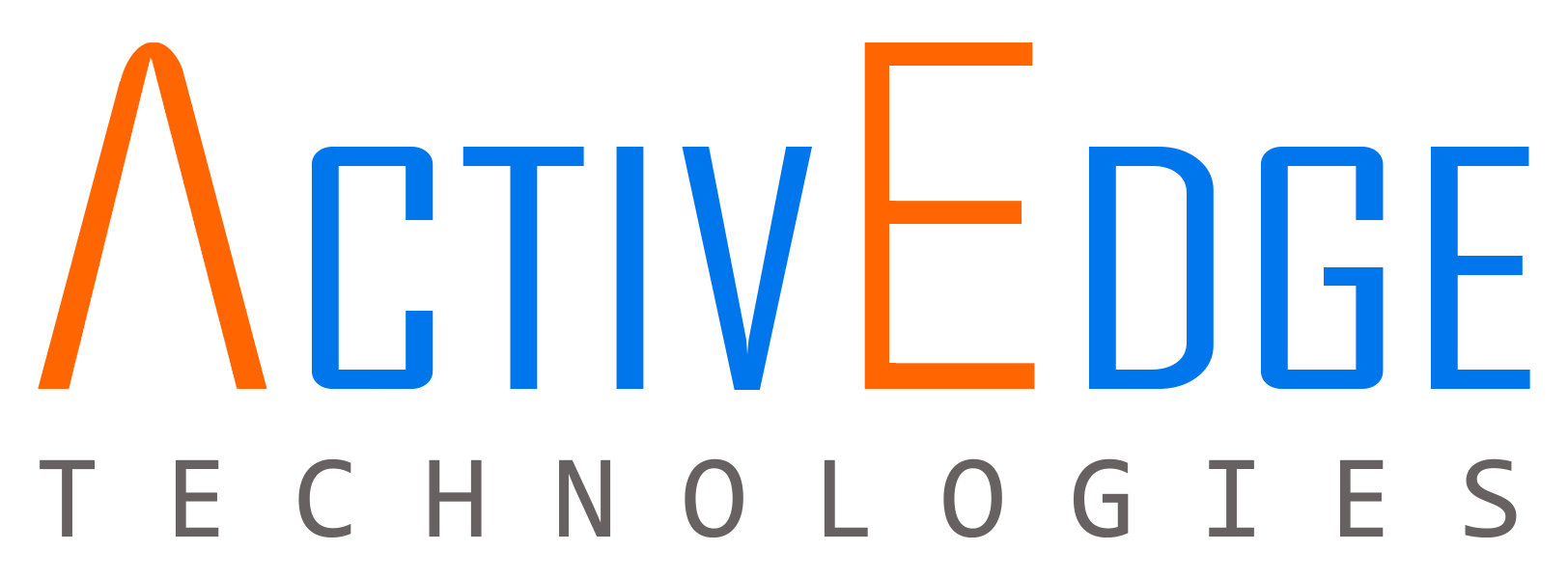10 Key success factors to accelerate your automation journey.
If you’ve started your path to process automation with RPA, chatbots, AI, Workflow Automation, or BPM, then it’s worth considering where you’re headed.
Here are 10 key success factors to accelerate your automation processes and maximize your ROI, along with a complimentary download of our Automation Suite Maturity Assessment Tool:

1. Keep your business goals in mind to plan your automation possibilities
Don’t implement an automation solution just because it’s the popular trend of the year. Consider your business goals when examining possible automation modules. Are you able to put the work in to benefit from its implementation? Will it create business value down the line?
2. Look at gaps in your process and prioritize filling them by business goals.
Refrain from acquiring new solutions for the sake of its flashy features. Assess and prioritize your goals first before looking at automation solutions.
3. Define your automation value
Assessing possibilities using business value will give you the most value for the effort of implementation. Visualize your possibilities by evaluating them against business value and complexity to help you decide which automation project you should pursue.
4. Focus on integrations and optimize already available modules.
If you already have an automation solution, integrating and optimizing its processes may be more beneficial than acquiring a new solution. Overwhelming your organization with a plethora of automation solutions can lead to a lack of ability to manage each solution and a decrease in your overall ROI.
5. Take stock of your use cases and see how automation can help.
The goal of implementing an automation suite is to optimize your business processes from end to end. Choosing a vendor or solution that is best suited for workflows outside your internal use cases will lead to frustration down the line.
6. Clean data is the backbone of effective automation.
Clean data is integral to any automation solutions you want to implement, whether it is a chatbot, AI operations or analytics, workflow automation and/or RPA. If the database that feeds an automation solution is not up-to-date or accurate, work on updating it before implementing an automation solution.

7. Define performance metrics to keep your decisions informed
Without access to the proper metrics, you may implement automation in the wrong spot, which can lead to a smaller ROI. Having a conversation around metrics will give you a head start in implementing the data and analytics you need to identify bottlenecks and assess your progress.
8. Define Your Workforce Impact
Automation does not mean taking the human out of the job, but rather an opportunity for workers to shift to cognitive, problem-solving roles as against doing repetitive tasks. So, allay the fears and have a clear plan to reclaim your human capacity for use in higher-value cognitive tasks.
Automation does not mean taking the human out of the job, but rather an opportunity for workers to shift to cognitive, problem-solving roles as against doing repetitive tasks.
9. Measure your next steps against the business value and complexity
It is not feasible or wise to implement every automation possibility given limited resources. You will have to prioritize your possibilities using business value and complexity as guides. Starting with a small automation project gives you a good idea of how well it works for your organization. It will also ease the learning curve for implementing the management and governance needed to support the project long term.
10. With your action items prioritized, roadmap your automation path
You should now have a high-level understanding of where you want to build your next automation steps. Next, break the steps up into bite-sized action items to chart the future of your automation path.
Automation modules and integrations are no small feats. As nice as it would be to integrate every possibility, the reality is that many of the modules will not deliver a good ROI and may be downright unrealistic to attempt. Breaking down your possibilities and filtering them by cross-referencing them with your business goals will help you shortlist your next steps.
To help you get started, we have for you a complimentary download of our Automation Suite Maturity Assessment Tool that will help you decide if you have to continually invest in your current automation offerings or if you are ready to take the next step.

